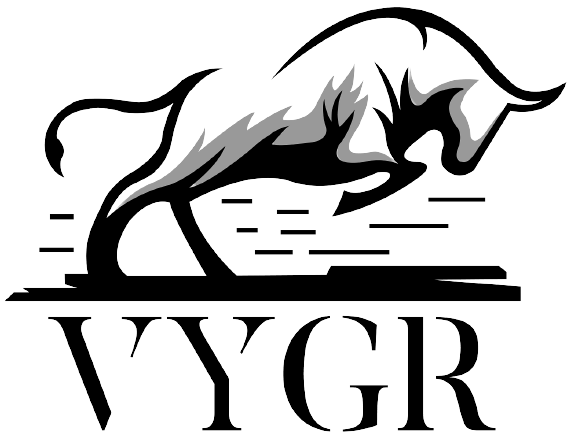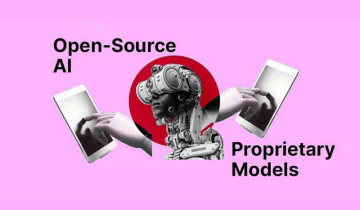Today people in the world cannot even think of living life without the internet, but did you think when did the Internet start in India?
The origin of Data globally can be traced back to the 1960s. In India, it was started in 1986 by the Educational Research Network (ERNET)—a joint undertaking of the Department of Electronics (DOE) and the United Nations Development Program (UNDP). Then it was only used by the educational and research communities. The initial launch was for leased line services. Cyberspace was first accessible to the public in 1995 with dial-up access speeds of Up to 9.6 kbps, and service was priced at ₹5,200 for 250 hours for individuals, ₹16,200 for institutional dial-up SLIP/PPP accounts in India on 15 August 1995, by VSNL (Videsh Sanchar Nigam Ltd). The internet was accessed by using a Modem, which was a device used to transmit data over telephone or cable lines by converting analog signals into digital ones.
(Image source- TechStory)
The Gateway Internet Access Service of VSNL, Was first opened in Bombay(Mumbai), and the service soon expanded to the big states of the country by the end of 1995. However, the official launch of the Internet for the Indian public ended up being a big mistake as VSNL had no estimation of the hidden demand, coupled with hardware and network issues. A year later, software services lobby body Nasscom was launched by VSNL at the Nehru Centre in Mumbai to ratify what the Internet can do. Integrated Services Digital Network (ISDN) access was introduced in 1997, and the Internet user base stroked at about 90,000 in March 1998. In 2004, the government formulated its broadband policy, which defined broadband as “an always-on Internet connection with a download speed of 256 kbit/s (kilobits per second) or above."
(Image source-Selectra)
From 2005 onwards, the growth of the broadband sector in the country accelerated but remained below the growth estimates of the government and related agencies due to resource issues in last-mile access which were predominantly wired-line technologies. In 2010 the Government auctioned 3G spectrum followed by an equally important auction of 4G spectrum that set the event for a competitive wireless broadband market. In July 2013 the term of the government which was earlier used for broadband as “an always-on internet access with a download rate of 256 kit/s or higher” changed to “data connection that provides interactive always-on, particularly internet access, and is capable of minimal download speed of 256 kbps to a specific person".
The number of Internet subscribers in India was anticipated to reach 450-465 million by June, up 4-8% from 432 million in December 2016, according to a March report by the Internet and Mobile Association of India (IAMAI) and market research firm IMRB International. 80% of all web traffic in India emanates from mobile—the second highest in the world, after Nigeria. With an average download speed of 8.66, Mbits/s India placed 74th out of 207 nations in the 2019 World Broadband Speed League, and in the year 2021 India ranked 80th out of 224 countries with a mean download speed of 22.53 Mbit/s.
Today, internet access in India is provided by both public and private companies using a variety of technologies and media including dial-up (PSTN), xDSL, coaxial cable, Ethernet, FTTH, ISDN, HSDPA (3G), Wi-Fi, WiMAX, etc. at a vast range of speeds and prices. As the Internet grows rapidly in India, concerns about security in cyberspace had to increase proportionately. The Internet has brought a revolutionary change in the terms of everything in the last 25 years and this growth is surely leading India to a better future.
© Vygr Media Private Limited 2022. All Rights Reserved.








